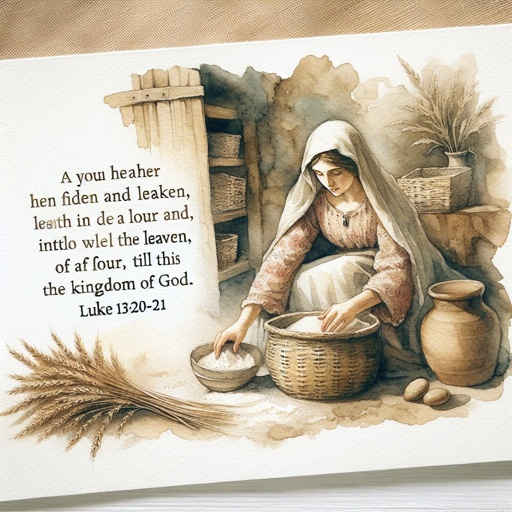Luke 21:1 Artwork
"And he looked up, and saw the rich men casting their gifts into the treasury." - Luke 21:1
Explore Luke 21:1 through paintings, pictures, drawings, digital art, illustrations, wallpapers, photos, prints & more.

Luke 21:1 - "And he looked up, and saw the rich men casting their gifts into the treasury."

Luke 21:1-4 - "As Jesus looked up, he saw the rich putting their gifts into the temple treasury. He also saw a poor widow put in two very small copper coins. “Truly I tell you,” he said, “this poor widow has put in more than all the others. All these people gave their gifts out of their wealth; but she out of her poverty put in all she had to live on.”"

Luke 1:21 - "And the people waited for Zacharias, and marvelled that he tarried so long in the temple."

Luke 13:20-21

Luke 13:20-21

Luke 13:20-21

Luke 13:20-21

Luke 13:20-21

Luke 21:13 - "And it shall turn to you for a testimony."

Luke 21:18 - "But there shall not an hair of your head perish."

Luke 23:21 - "But they cried, saying, Crucify him, crucify him."

Luke 23:21 - "But they cried, saying, Crucify him, crucify him."

Luke 21:19 - "In your patience possess ye your souls."

Luke 22:21 - "¶ But, behold, the hand of him that betrayeth me is with me on the table."

Luke 1:1

Luke 21:22 - "For these be the days of vengeance, that all things which are written may be fulfilled."

Luke 21:17 - "And ye shall be hated of all men for my name's sake."

Luke 21:38 - "And all the people came early in the morning to him in the temple, for to hear him."

Luke 21:29 - "And he spake to them a parable; Behold the fig tree, and all the trees;"

Luke 21:21 - "Then let them which are in Judaea flee to the mountains; and let them which are in the midst of it depart out; and let not them that are in the countries enter thereinto."

Luke 21:27 - "And then shall they see the Son of man coming in a cloud with power and great glory."

Luke 9:21 - "And he straitly charged them, and commanded them to tell no man that thing;"

Luke 21:35 - "For as a snare shall it come on all them that dwell on the face of the whole earth."

Luke 12:21 - "So is he that layeth up treasure for himself, and is not rich toward God."

Luke 24:1

Luke 1:32

Luke 1:32

Luke 1:32

Luke 1:32

Luke 1:39